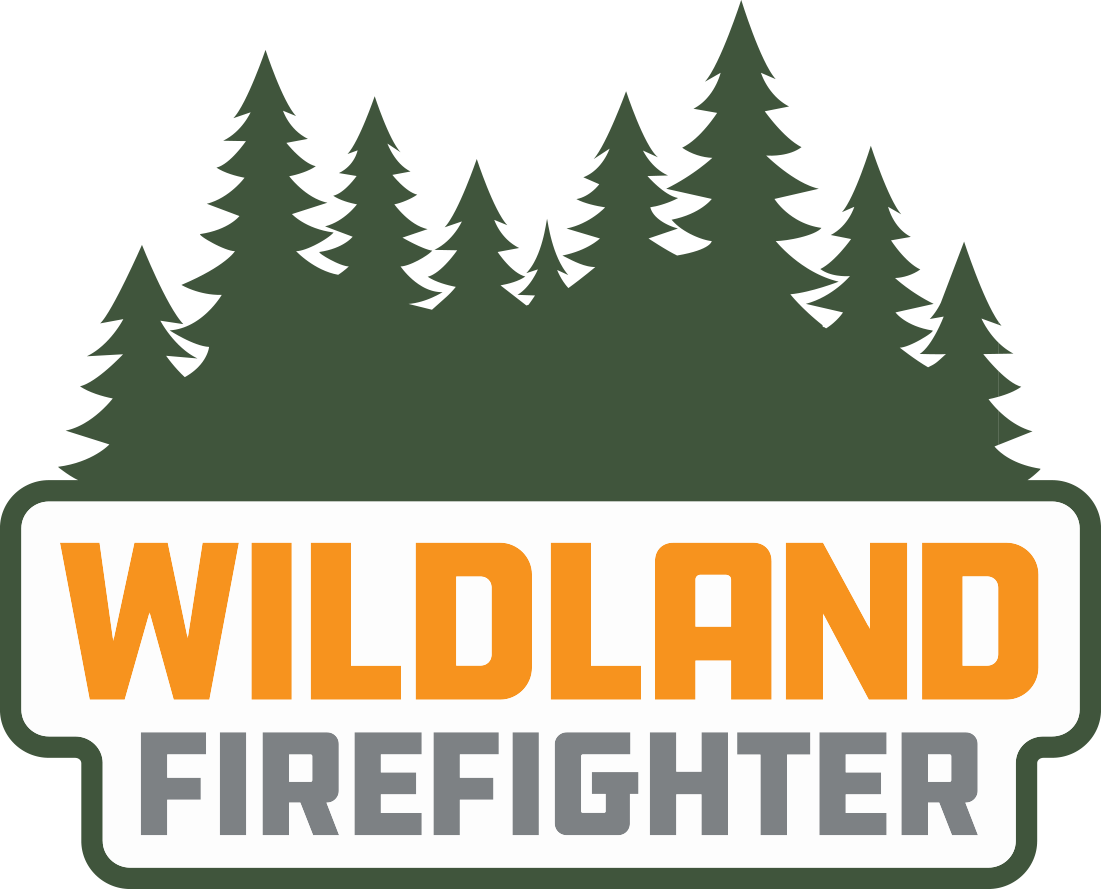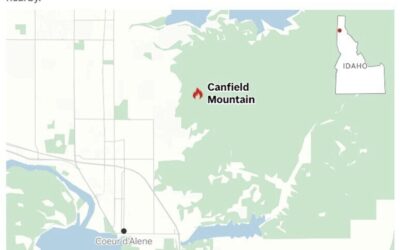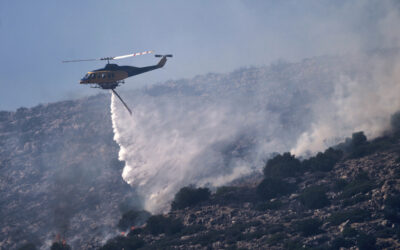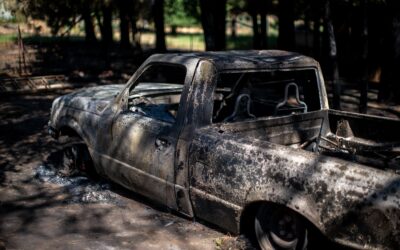Stress is our fireground enemy, undermining our ability to promptly recognize and rapidly respond to changing conditions. To combat this stress reaction that every human experiences, we should convert information to intelligence by applying context and incident-specific filters for effective briefings.
An incident briefing is among the most important tasks of an incident commander (IC) or leader. The situational awareness (SA) intelligence and the leader’s intent message delivered in an operational briefing are invaluable for the entire operation’s success and for individuals in managing stress. An IC can reduce the impact of stress by delivering concise intelligence passed through incident-specific context and filters right into the minds of the responders. An impactful briefing depends on determining what information is essential, converting it to intelligence, and filtering it down to essentials.
Like many fire service tasks, one has a multitude of options to employ in a briefing—e.g., reference sheets, memory aids, and department standard operating procedures. However, there is no substitute for deciding on a pattern of information collection, processing it, and delivering intelligence that is unique to you—and practicing it!
Topics
The following topics are a good foundation to build on: incident priorities, organizational structure, assignments, how to communicate on incidents (the assigned radio frequencies, how the division wants resources ordered—i.e., logistics and aircraft), the known hazards and how to avoid or escape them, environmental influences, and tactical decision points.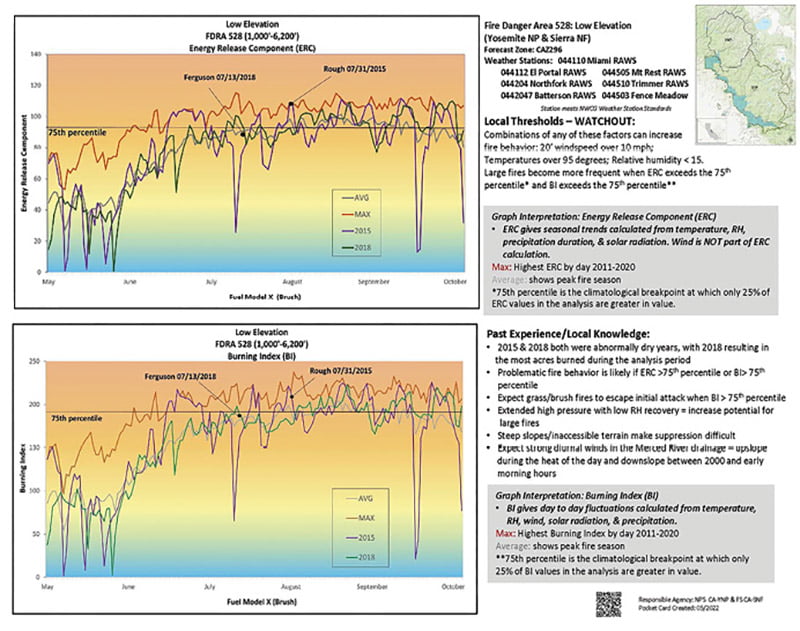
Figure 1. NFDRS Pocket Cards
 The above list is a starting point and represents very broad briefing areas; specific incident briefings will have more granular details. If using this foundation combined with targeted research, followed by processing and intelligence delivery, we can improve our briefings. Where can I harvest the wealth of available information?
The above list is a starting point and represents very broad briefing areas; specific incident briefings will have more granular details. If using this foundation combined with targeted research, followed by processing and intelligence delivery, we can improve our briefings. Where can I harvest the wealth of available information?Consider an engine company officer preparing to respond to a vegetation fire on federal lands. I recommend using the National Fire Danger Rating System (NFDRS) Pocket Cards as a starting point (Figure 1). These cards are created for every federal land management agency and are a direct requirement that emerged from the 30-Mile Fire fatalities.1 The upper right quadrant holds the most potent data: “Local thresholds—WATCHOUT.”
Tactical Decision Points
On this card, an officer sees exactly what will make the fire intensity increase; then he can use it in briefings as tactical decision points (TDPs), which can be used in a variety of emergency situations, not just wildland fires.
TDPs are always objective and should be tracked constantly and never ignored once reached. The three basic TDP categories are the fire environment, the operational environment, and the time tag.
The NFDRS Pocket Cards are usually created and updated by each unit’s fuels management officer. (Figure courtesy of author.)

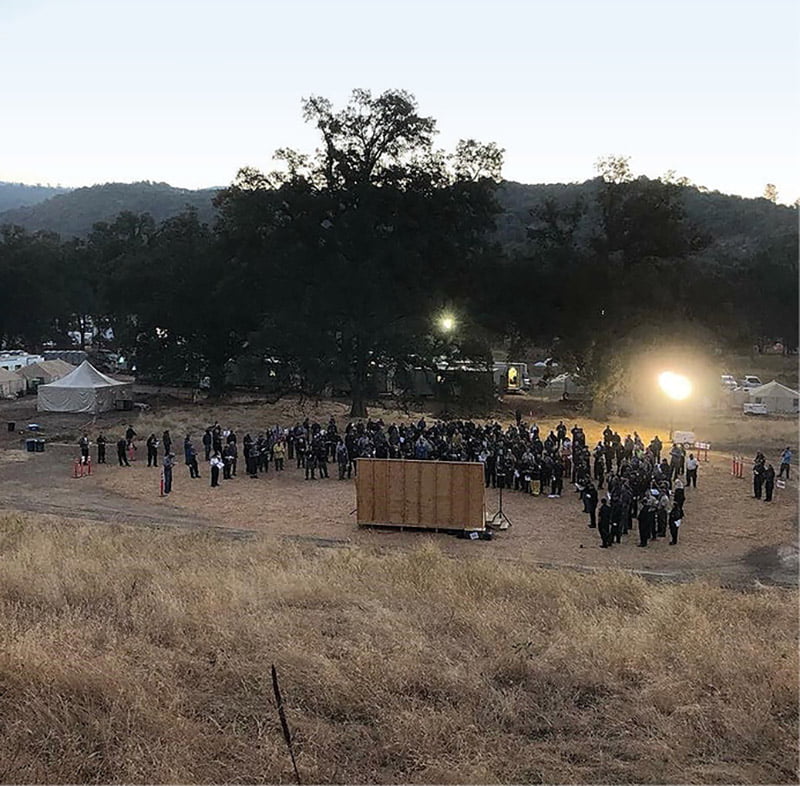
(1) An incident command post briefing stage at a wildland incident. (Photos by author.)

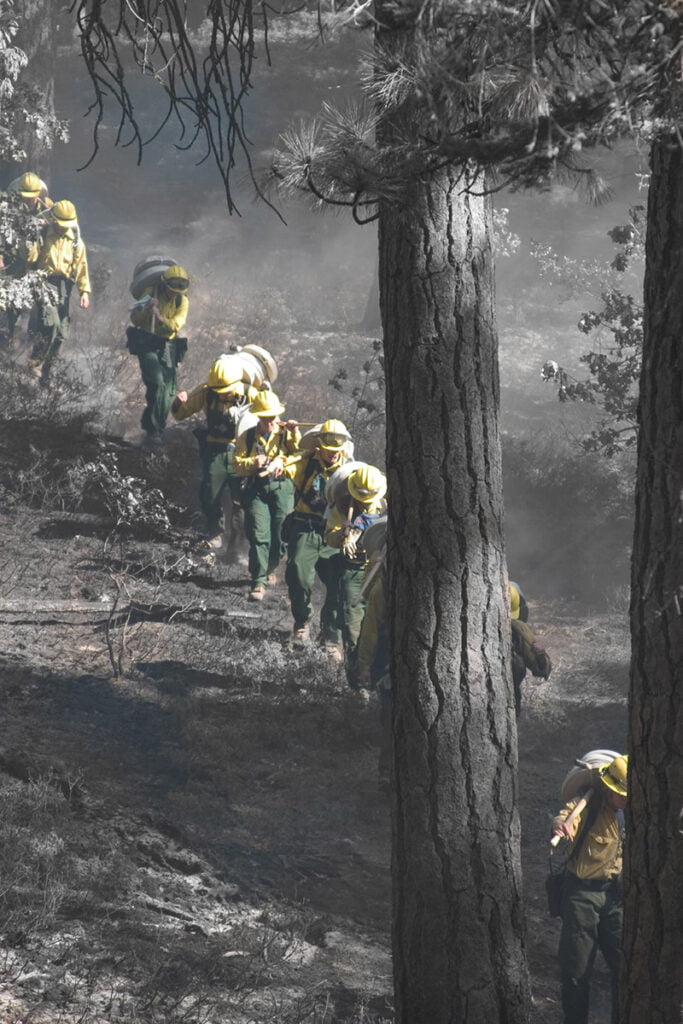
(2) A crew is hiking into the Division in the Stanislaus National Forest.
The cards also graphically display NFDRS output indices of the energy release component (ERC) and the burning index (BI). The ERC is how much heat the fire will put out or how close firefighters can approach the fire and how much suppression action/agent they will need. The higher the ERC, the drier the heavy fuels and the more heat that is released, pushing firefighters into parallel or indirect tactics.
The BI is a great briefing tool, too. Take the forecasted or actual BI of the day for the appropriate location and fuel model and you get a number that, when divided by 10, gives you an estimated flame length at the head of the fire. With this powerful estimate, firefighters can begin to develop a picture of what to expect on arrival and what tactics and resources they might need: flame length up to four feet = hand tools; four to eight feet = hoselays; eight to 12 feet = heavy equipment; and more than 12 feet = soften the target with aircraft first!
Resources
Once you have harvested information from the Pocket Cards, go to the remote automatic weather station location2 provided by the National Interagency Fire Center3 and look up the weather station nearest to the fire and open its data table to see how the weather and fuel moisture have been trending. Next, harvest incident-specific data from InciWeb4 to look up the specific fire to which you are ordered. Gather intelligence on fire size, topography, photos of fuels, and maps to download. There are many other Internet sites, so develop a system of bookmarks that works for you. One simple starting point: View the national Geographic Area Coordination Center Portal5 and from there you can link to endless information.
At this point, the person responsible is prepared to deliver a thorough briefing to the crew. It is imperative to practice and refine the information-to-intelligence cycle. With repetition, you learn what information is essential to extract for an incident briefing. With a couple of minutes and a solid Internet connection, you can extract volumes of information. The skill is knowing where to look for it and, more importantly, how to process and convert it to actionable intelligence you can use in your risk management decisions.
We are all responsible for keeping our SA updated and providing quality briefings to firefighters assigned to the incident. With today’s easy access to information, there is no excuse for not having solid SA prior to engaging at an incident or not delivering a complete briefing to assigned resources.
ENDNOTES
1. U.S. Department of Agriculture Forest Service. (September 2001) Thirtymile Fire Investigation Report. https://bit.ly/3oTpWCt.
2. Public View-Interagency Remote Automatic Weather Stations (RAWS). https://bit.ly/44vKhOO.
3. National Interagency Fire Center. https://www.nifc.gov/.
4. InciWeb. https://inciweb.wildfire.gov/.
5. Geographic Area Coordination Center Portal. https://gacc.nifc.gov/
TODD McNEAL has 29 years in the fire service and is the chief of the Dixon (CA) Fire Department. He is a division/group supervisor and operations section chief on a federal incident management team, a California-registered fire instructor, and a certified chief fire officer. He has a bachelor’s degree in natural resource management and has deployed to numerous complex incidents.
